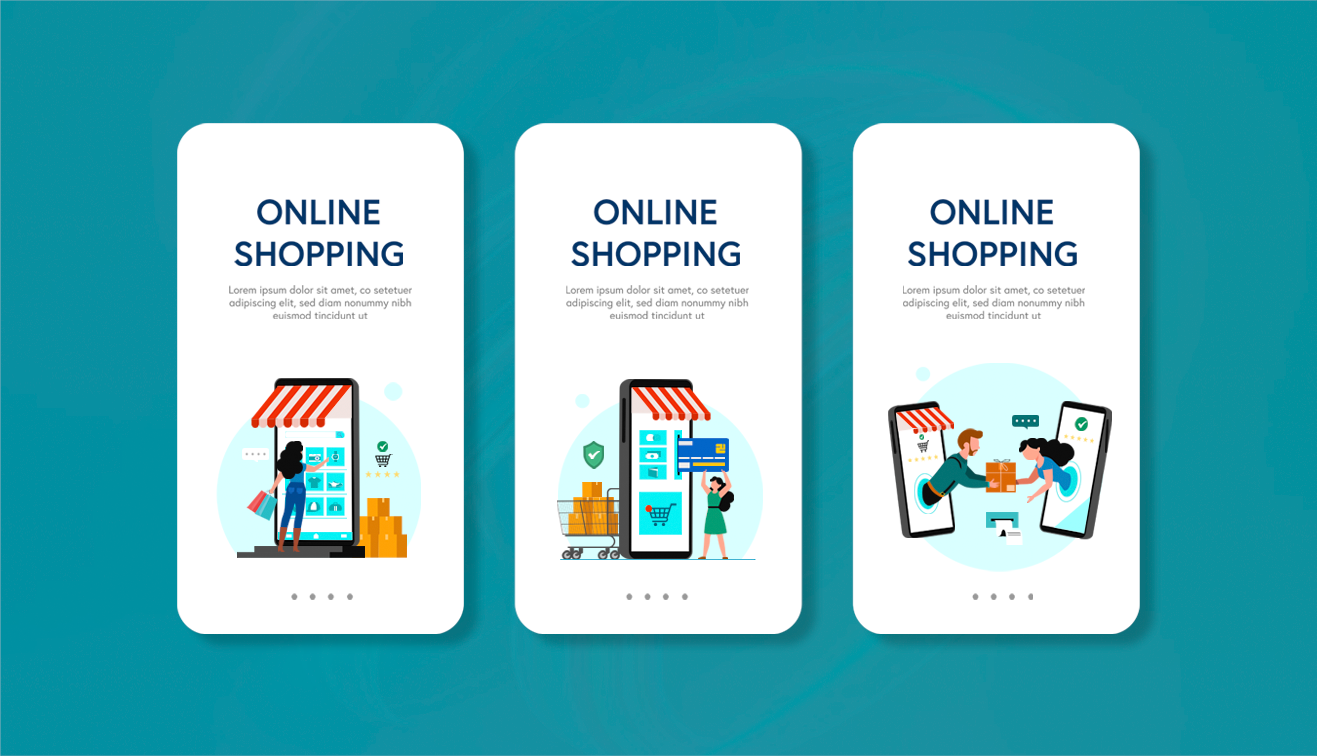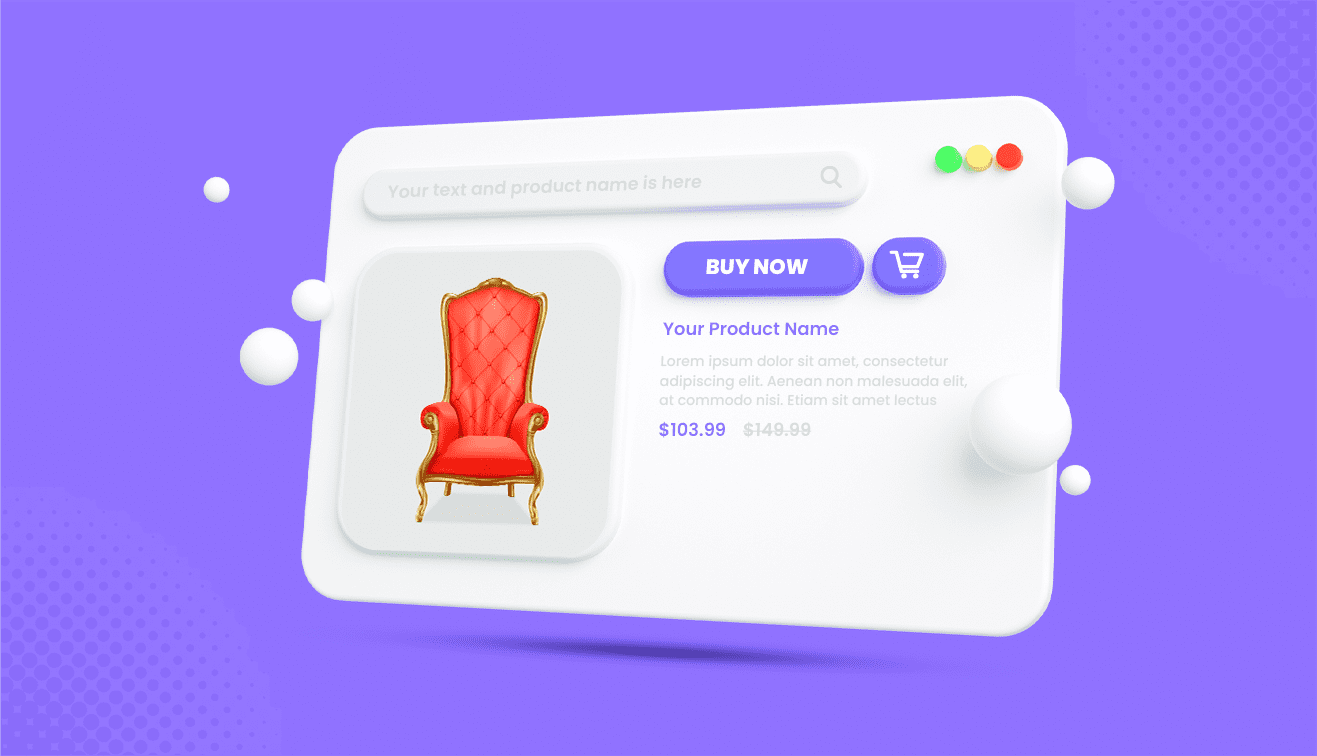The success of an enterprise business depends on various factors, including the quality of its products or services, a skilled team, a robust business strategy, and much more. However, one critical factor that can significantly impact your business is your choice of an eCommerce platform. For many years, businesses have commonly relied on all-in-one monolithic platforms. Yet, monolithic technologies can pose numerous challenges for larger enterprise-level companies facing increased complexity, such as expanding globally or managing multiple brands or websites.
According to Storehippo, almost 95% of the eCommerce retailers are expected to shift their stack to composable commerce within the next two years.
To withdraw these challenges, a composable or microservices architecture takes a modular approach, allowing businesses to customize their technology stack by selecting best-in-breed solutions tailored to their unique business needs. However, this approach often involves substantial development efforts, potentially increasing costs.
So, the question arises: which type of eCommerce platform is the better choice?
What is Monolithic Architecture?
The monolith stack represents a traditional architecture in which a single platform, such as Magento, encompasses all the software, features, and systems needed to operate a commerce platform. In this setup, all components are closely interconnected, making customization, introducing new features, and implementing changes extremely challenging.
As your business scales, it becomes increasingly difficult for a monolithic stack to deliver high performance and ensure that new changes do not disrupt the underlying architecture.
What is Composable Architecture?
A composable stack adopts a modern approach where the front-end is completely separated from the back-end services, resulting in a highly flexible, scalable, agile, and easily customizable platform. In this composable architecture, a large system is broken down into small, self-contained building blocks called PBCs (Packaged Business Capabilities) that communicate through APIs.
Each PBC is designed to independently fulfill specific business functions, empowering enterprises to construct and innovate critical workflows and meet customer demands at scale.
For example, within an eCommerce platform, independent PBCs may include a product listing module, shopping carts, recommendation engines, inventory management components, and PIM, among others.
Key Features of Composable Architecture
Some of the key features of composable architecture make it a better option for retailers. Below are some key features of composable architectures:
Modularity
Modularity involves breaking down a complex architecture into separate modules that can be constructed, stored, tested, and deployed independently. This approach simplifies the operation, management, and maintenance of intricate infrastructure. Furthermore, it enables the swift removal, replacement, or updating of any component without causing disruptions to other elements within the stack.
Reusability
Code reusability is a crucial feature that expedites and improves the software development process. Developers can create components independently of specific use cases or applications and store them in a library as reusable building block. This enables the rapid development of new applications.
Interoperability
Interoperability is another crucial aspect of the composable architecture, enabling multiple components to collaborate seamlessly. By utilizing APIs for building composable systems, data exchange workflows are simplified, and software solutions can function harmoniously as a unified platform. This interoperability also facilitates the seamless integration of new services or components without requiring changes to the underlying stack.
According to Gartner Report, retailers, and brands those have adopted a composable approach will outpace their competitors by 80% in terms of speedy implementation of new features.
Complete Roadmap to Migrate from Monolithic to Composable Commerce
Here is a complete roadmap to migrate from a monolithic platform to Composable commerce:
1. Discovery and Gap Analysis
Before initiating the implementation process, businesses should begin by assessing the current state of their existing architecture. This evaluation should encompass the technologies, business functionalities, and processes that are already established throughout the enterprise. It serves as the foundation for leveraging existing resources while building new systems.
Key considerations for businesses include:
i) Mapping of Business Capabilities: Deconstructing functionalities into smaller, manageable units.
ii) In cases where an existing stack is being replaced with composable software, conduct a comprehensive assessment to enhance value streams and evaluate existing capabilities. This helps identify strengths and areas requiring improvement.
iii) Understanding the Customer Journey and Supported User Stories: Gaining insights into the customer journey and the user stories currently supported by the existing stack.
2. Cost Analysis
Transitioning to a composable stack involves expenses related to implementation and comprehensive testing. It is crucial to outline the impact of the new stack on monthly operating costs and its potential for enhancing ROI.
In cases where the initial expenses appear substantial, businesses can create a strategic business case to justify the migration. This could involve strategies like expanding the product catalog with additional SKUs, enhancing mobile device responsiveness, optimizing SEO, and more.
3. Curate a Migration Roadmap
The next essential phase involves the development of a migration roadmap, outlining key objectives, milestones, deliverables, and timelines. Craft your roadmap with the following foundational elements:
Data: Initiate data migration from your monolithic architecture to the new composable platform, encompassing components such as product catalogs, orders, and customer information.
UI and UX: Select a versatile headless back-end solution that can connect with any front-end of your preference, enabling the creation of highly personalized user experiences.
Business logic: Clearly delineate all the custom extensions to be developed or integrated using third-party solutions, ensuring seamless alignment with your business requirements.
4. Choosing the Right CMS, Storefront UI, and eCommerce Platform
When you are moving from monolithic to composable it is crucial to choose the right CMS, storefront, and ecommerce platform that suits best for your brand. Choosing a right CMS can help you to create, edit, and publish your content to digital channels. It helps you to streamline your content-based activities and optimize your content for better visibility.
A right Storefront UI can give your users a great experience while they browse your digital channels. The main aim of Storefront UI is to help developers to develop an engaging and user-friendly storefront for your website, blogs, mobile apps.
eCommerce or electronic commerce is a platform or a medium that helps you to showcase your products and services to the users worldwide.
All these can be interrelated and play vital roles in your eCommerce journey. Thus, make an informed decision by considering all your requirements and goals.
5. Building a Composable Architecture
Developers, business analysts, and designers collaborate to extend the business capability map, shaping the foundation of a composable commerce architecture. During the design phase, they meticulously define the smallest components, each with a distinct business function. These components are then organized into Packaged Business Capabilities (PBCs), tailored to fulfill specific business needs.
All PBCs and modules form a comprehensive library or inventory, available for utilization across various use cases. Proficient experts can construct, innovate, and configure each module to align with specific business requirements, leveraging the principles of MACH.
Further data model customization involves creating new objects, extending existing ones, and configuring them to suit specific needs.
Also Read: Headless Commerce Decoded: Everything You Need to Know


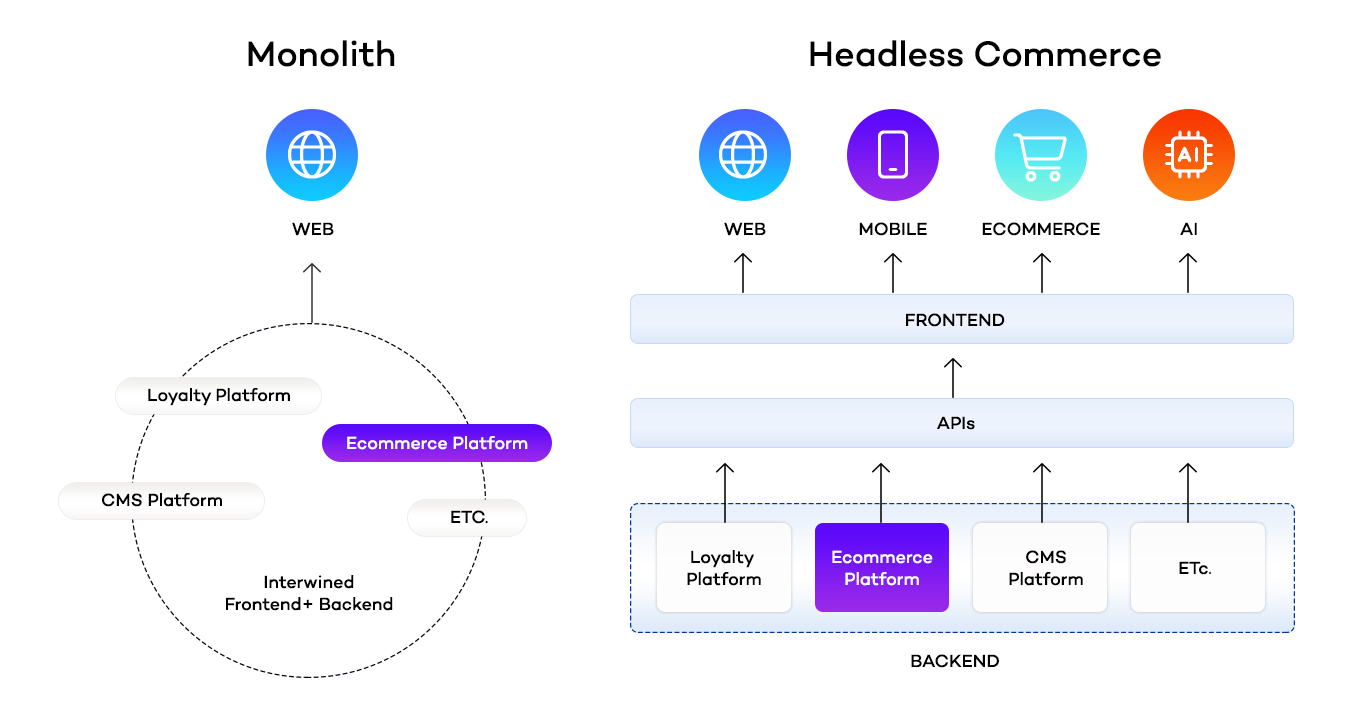



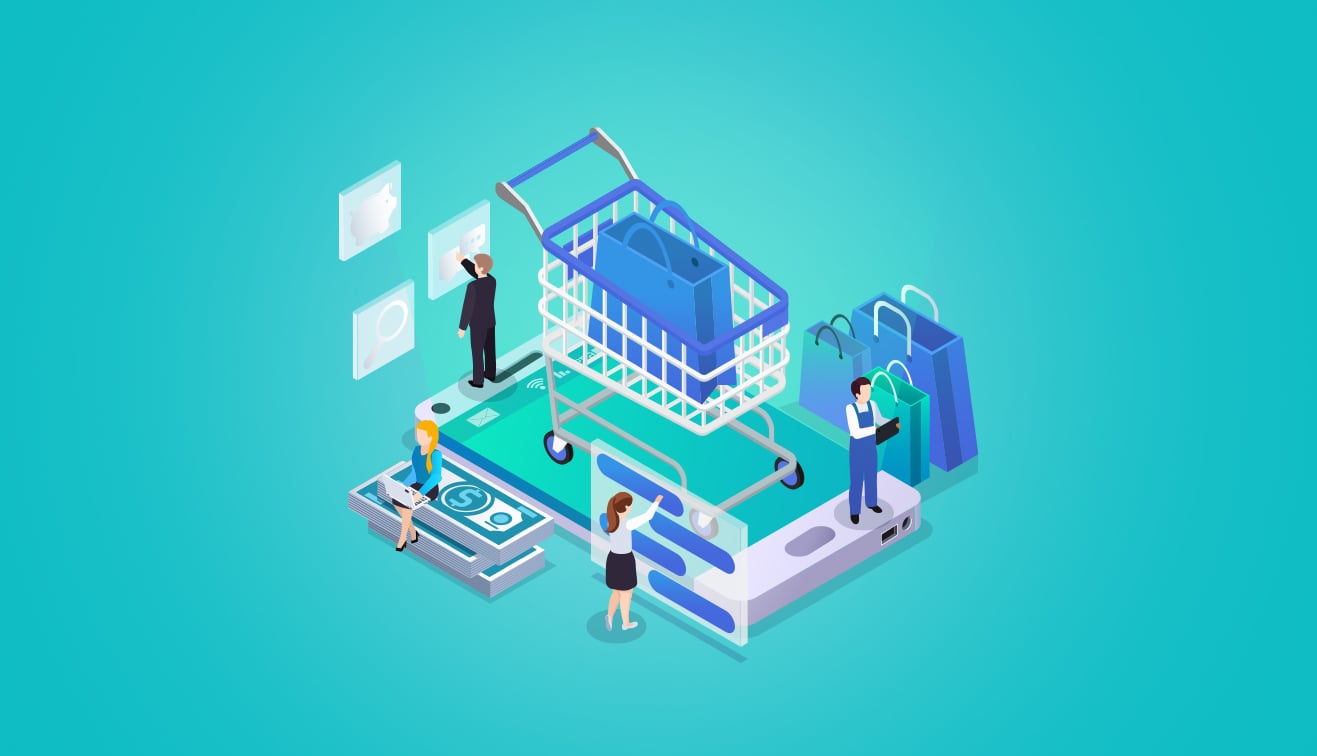
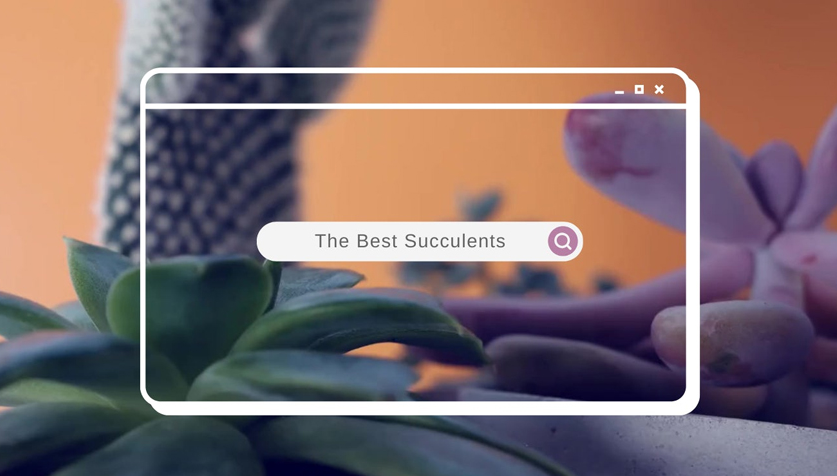
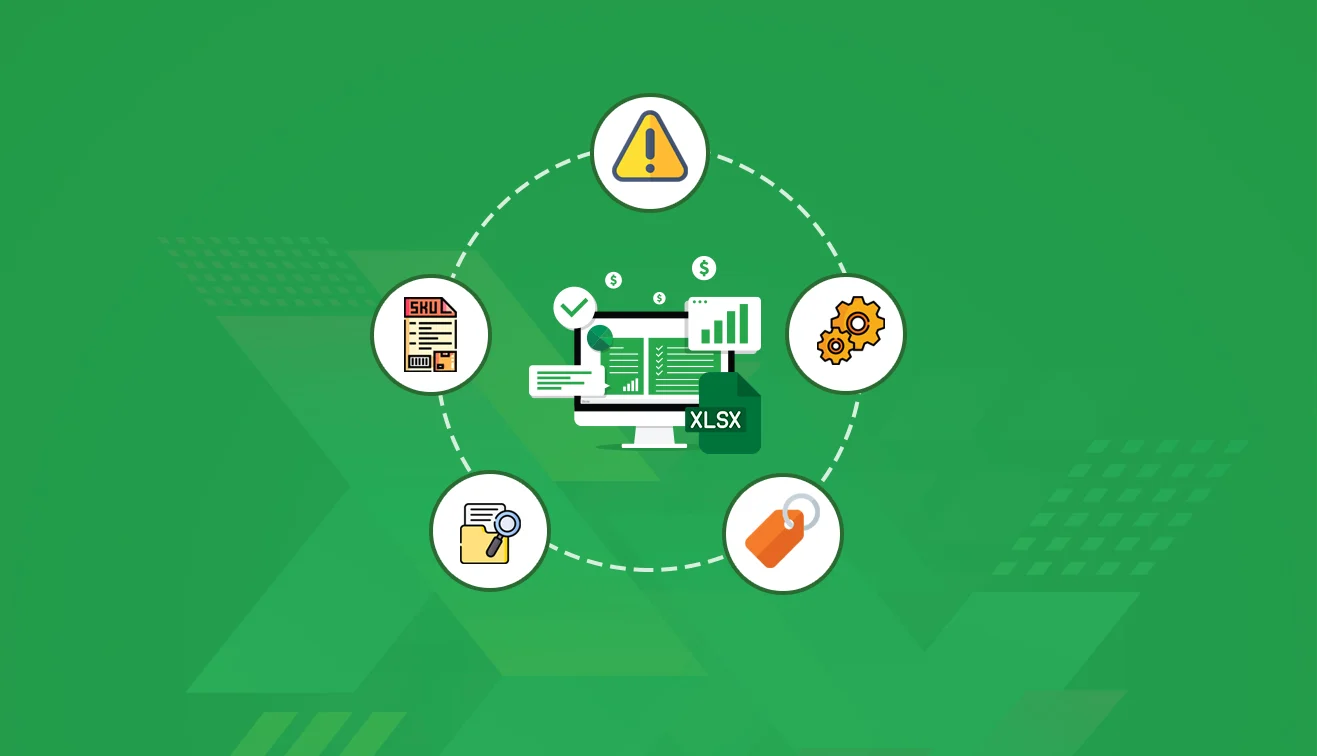
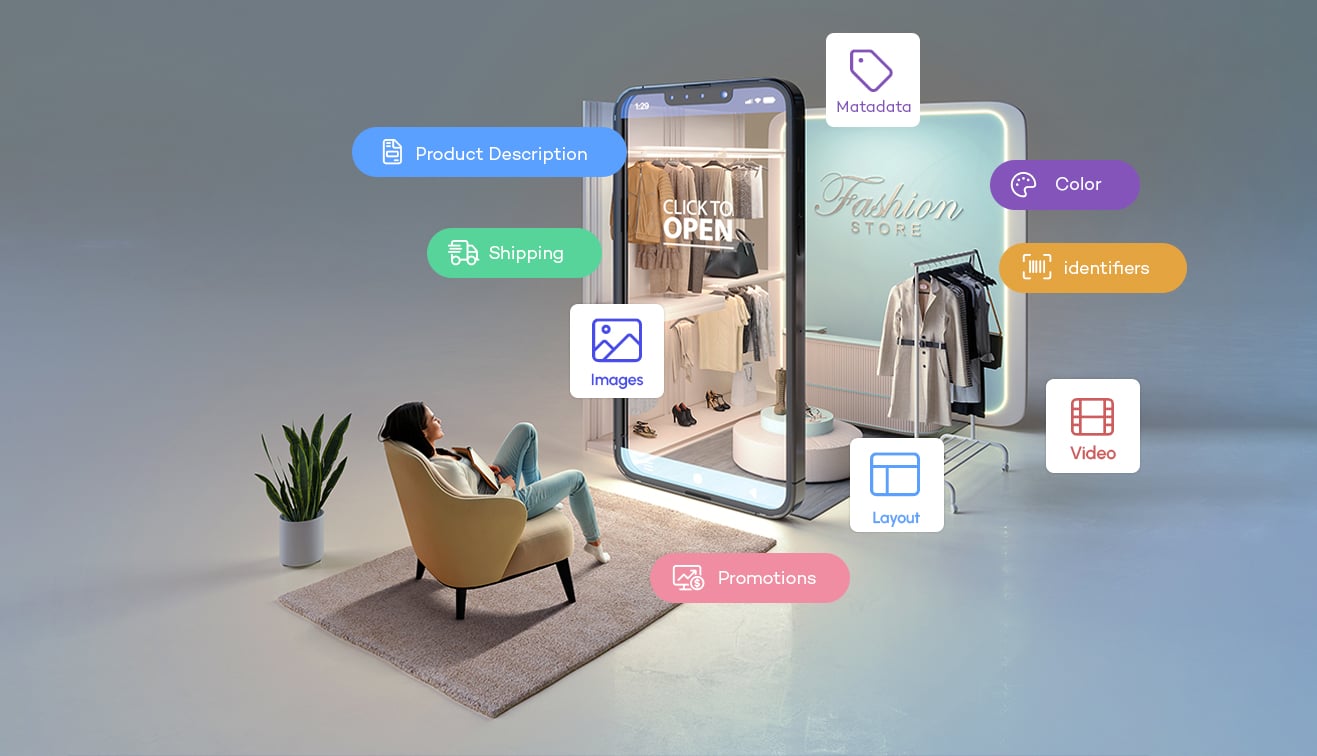

.jpg?w=3840&q=75)

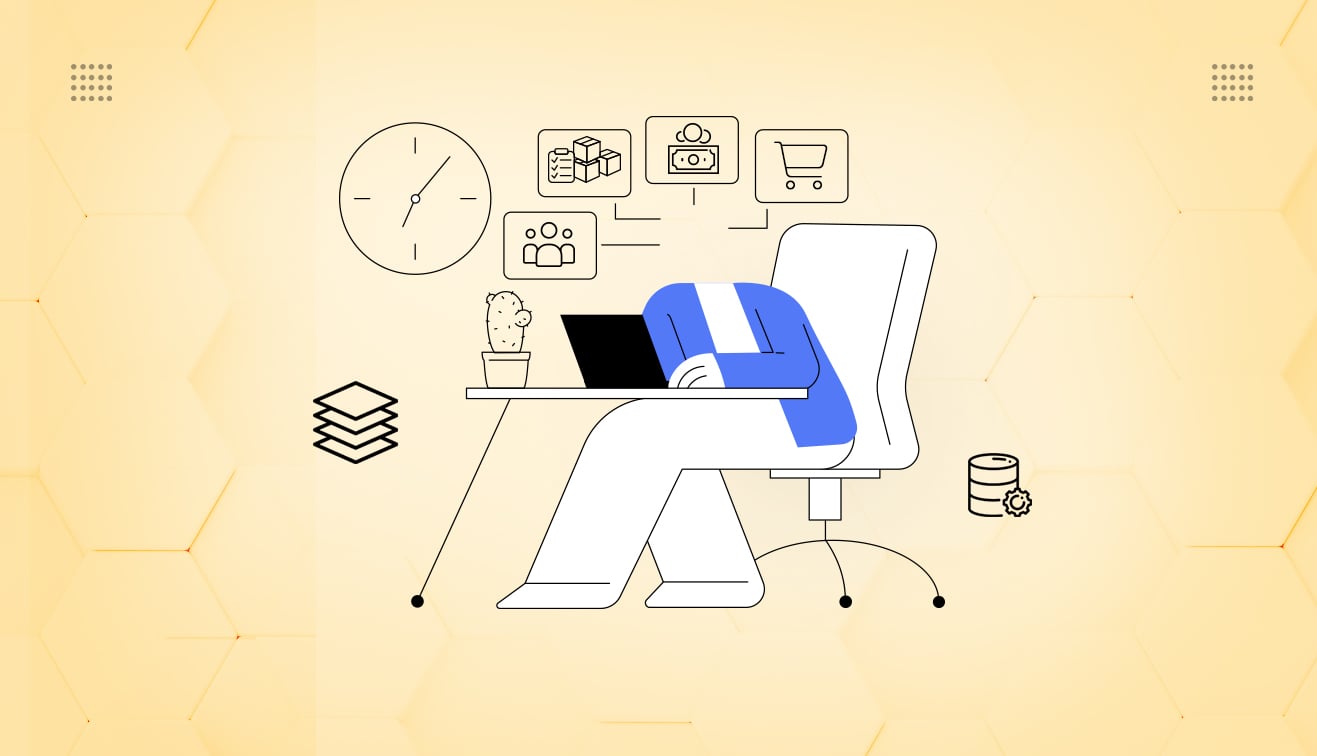

.png?w=3840&q=75)




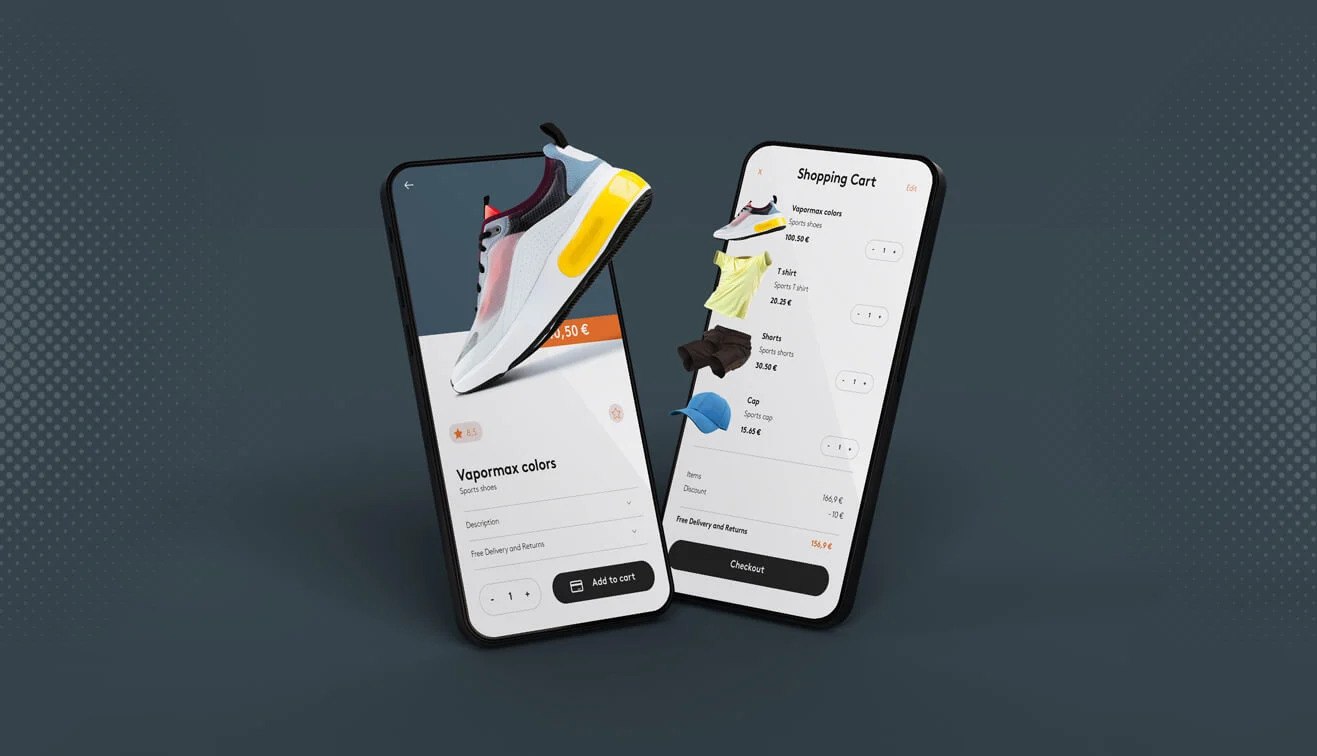




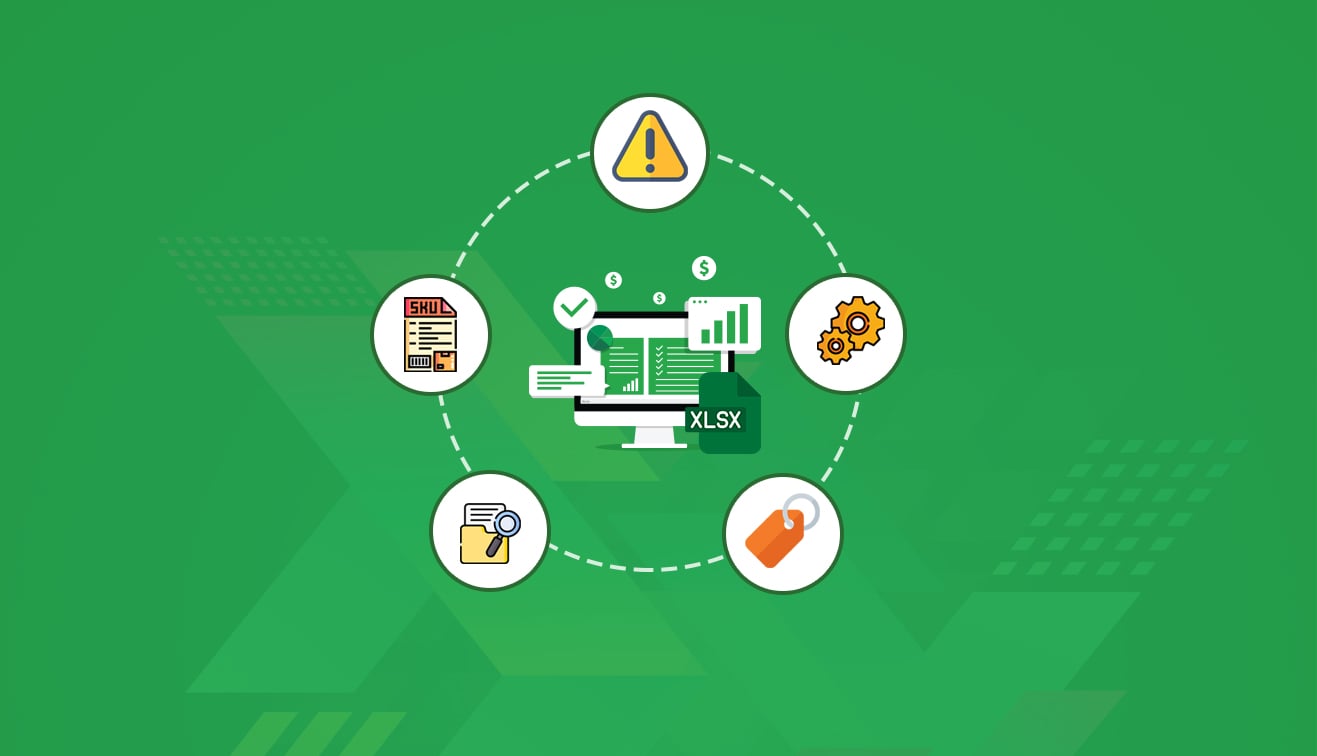
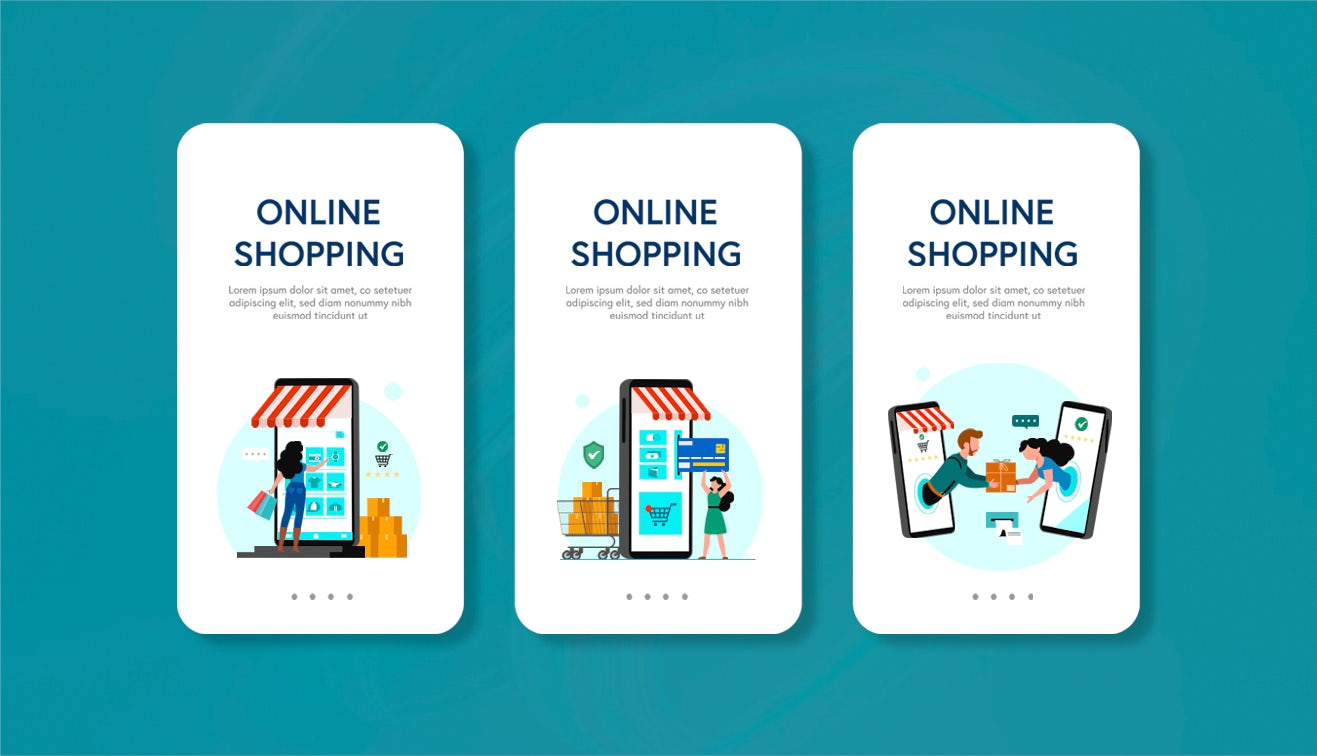

.jpg?w=3840&q=75)




.jpg?w=3840&q=75)


.png?w=3840&q=75)
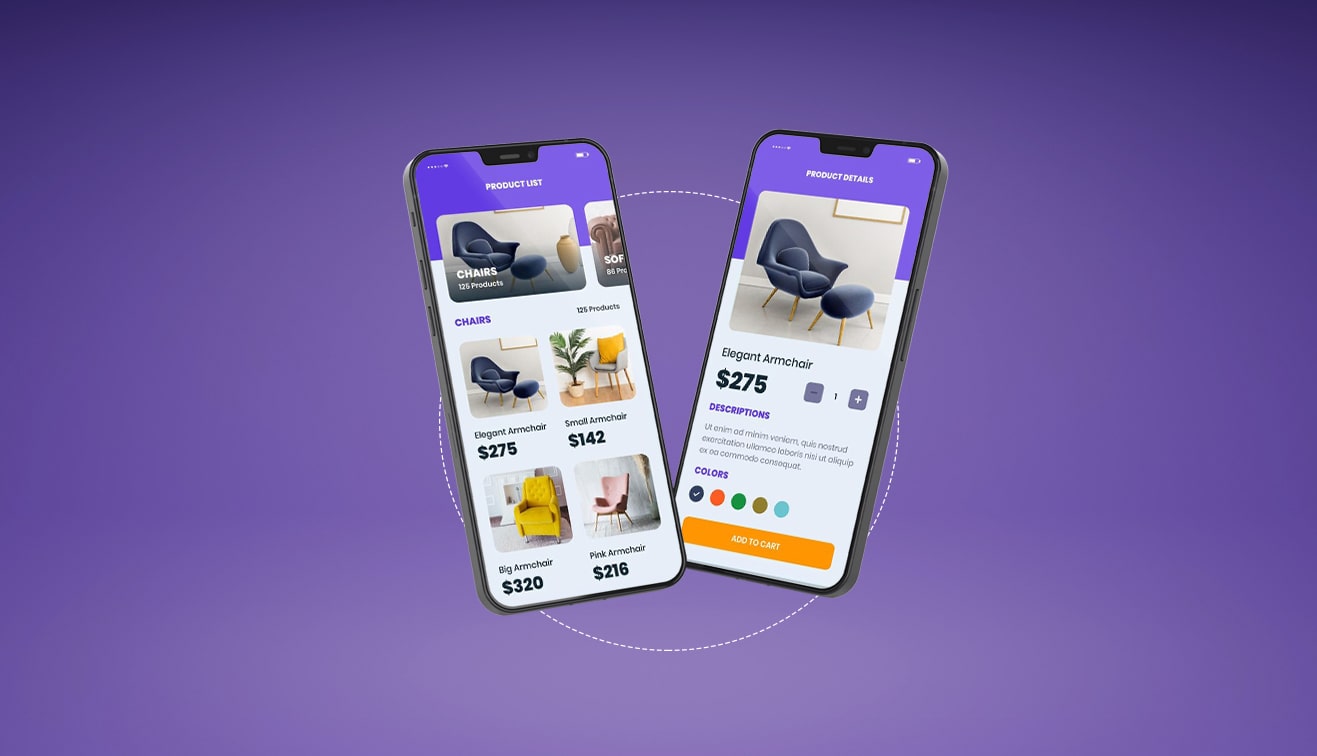

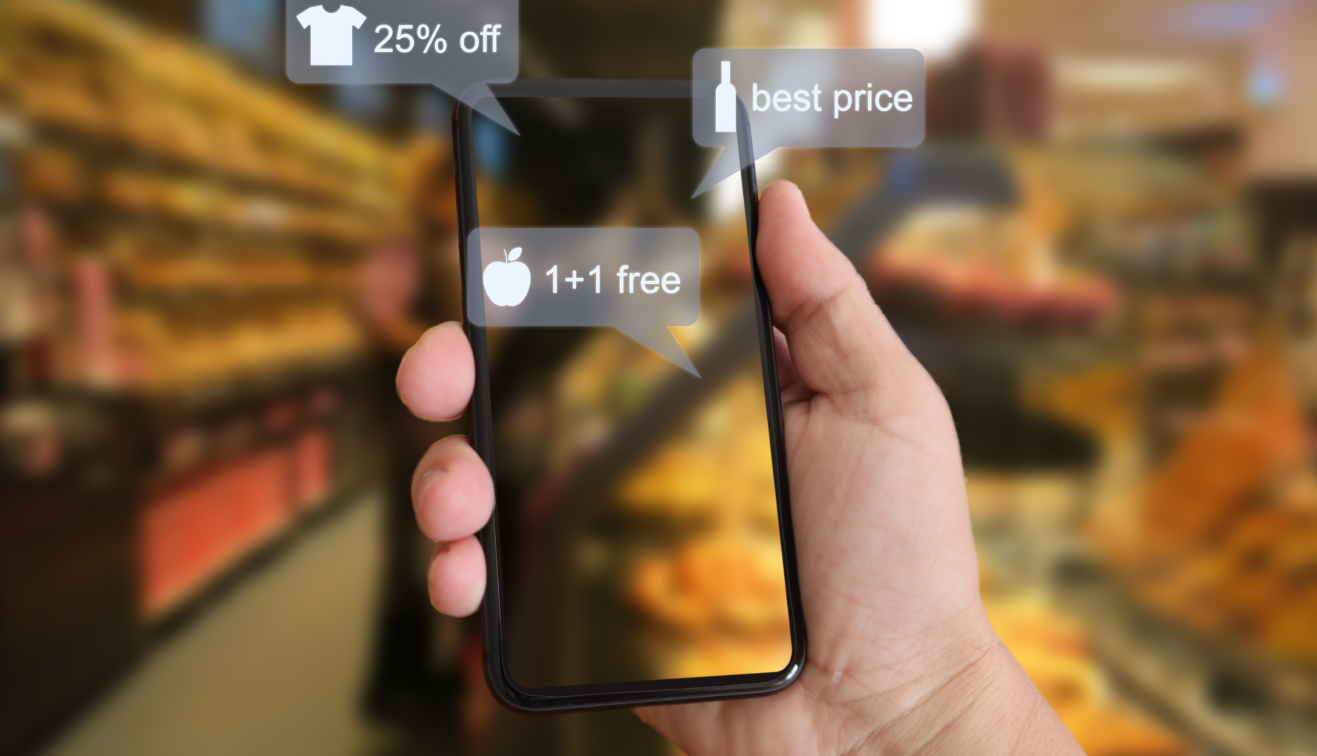
.png?w=3840&q=75)

.jpg?w=3840&q=75)

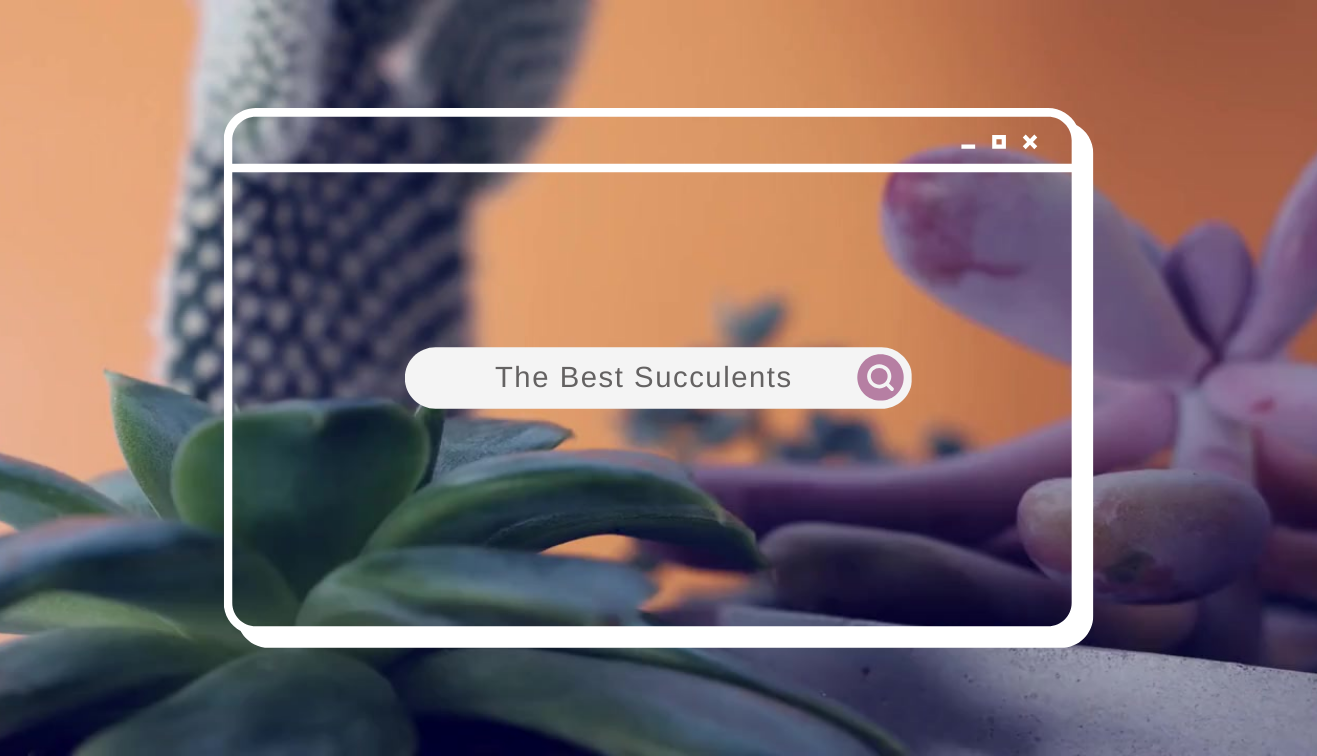




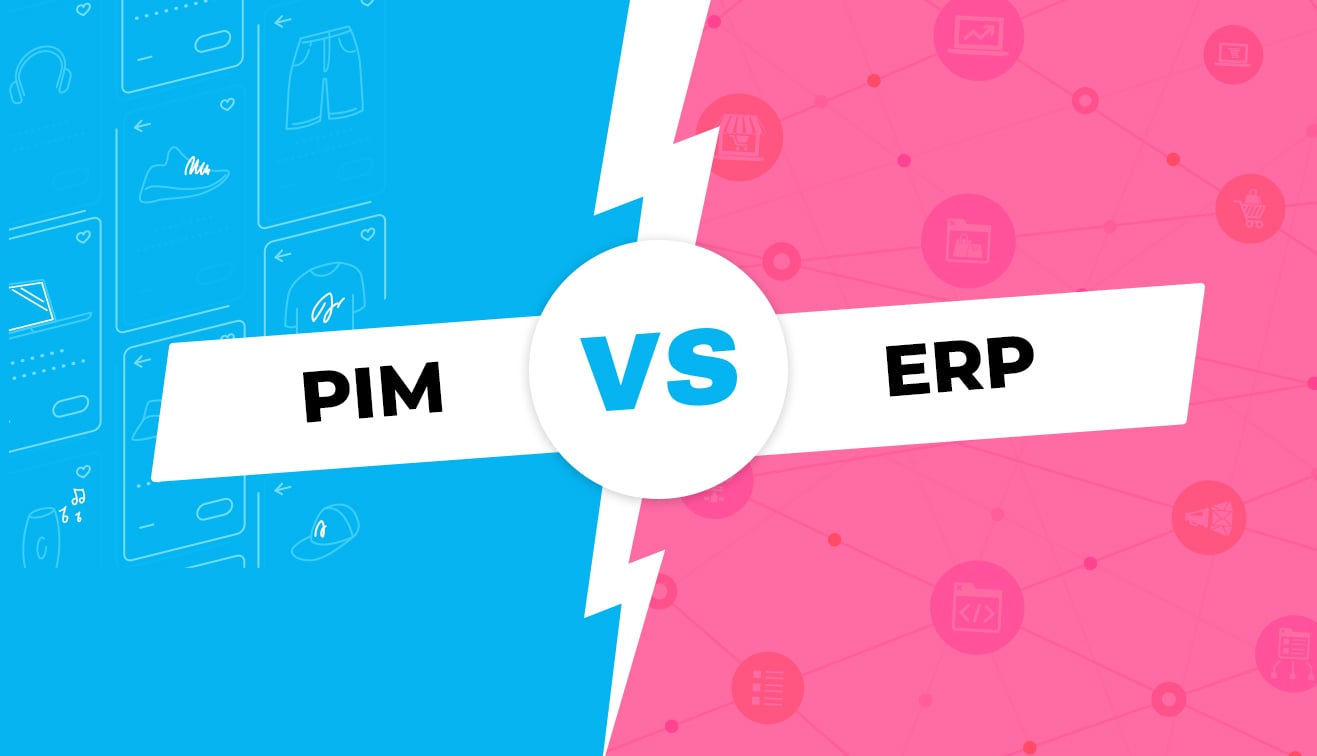


 copy.png?w=3840&q=75)
.png?w=3840&q=75)
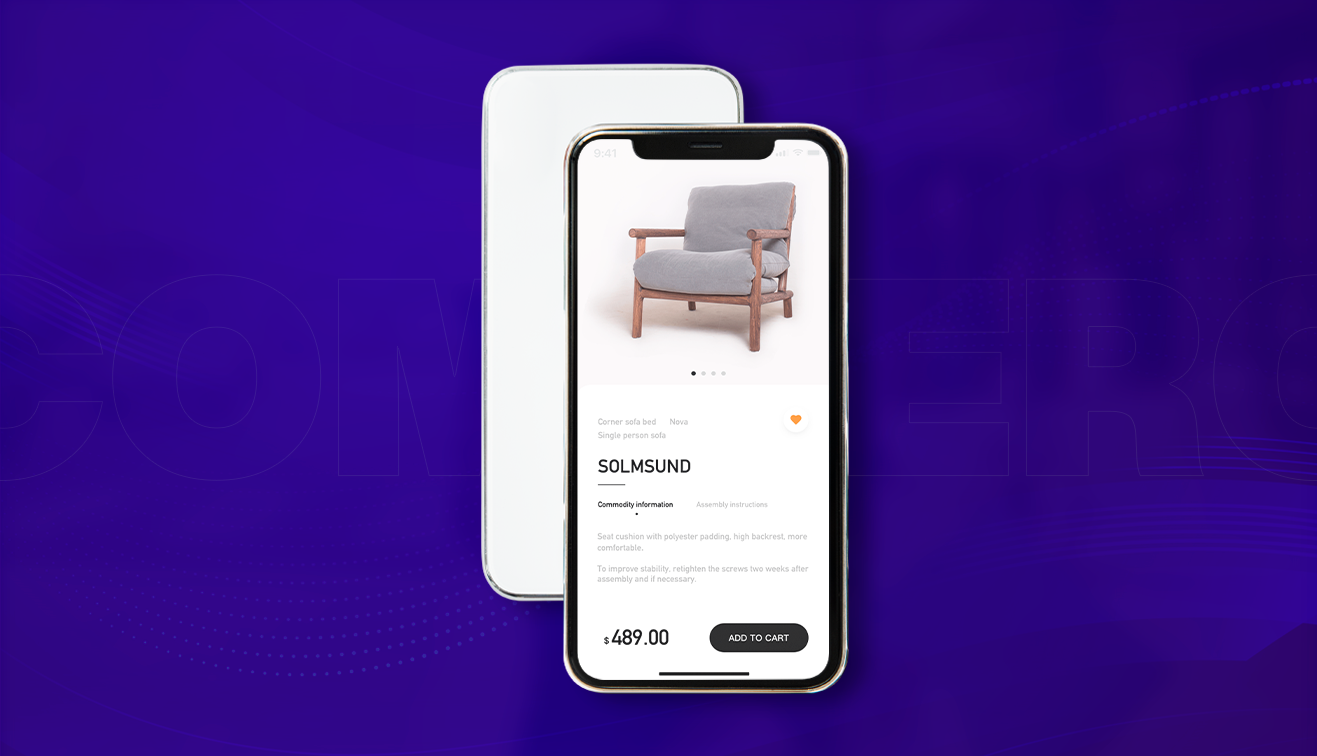
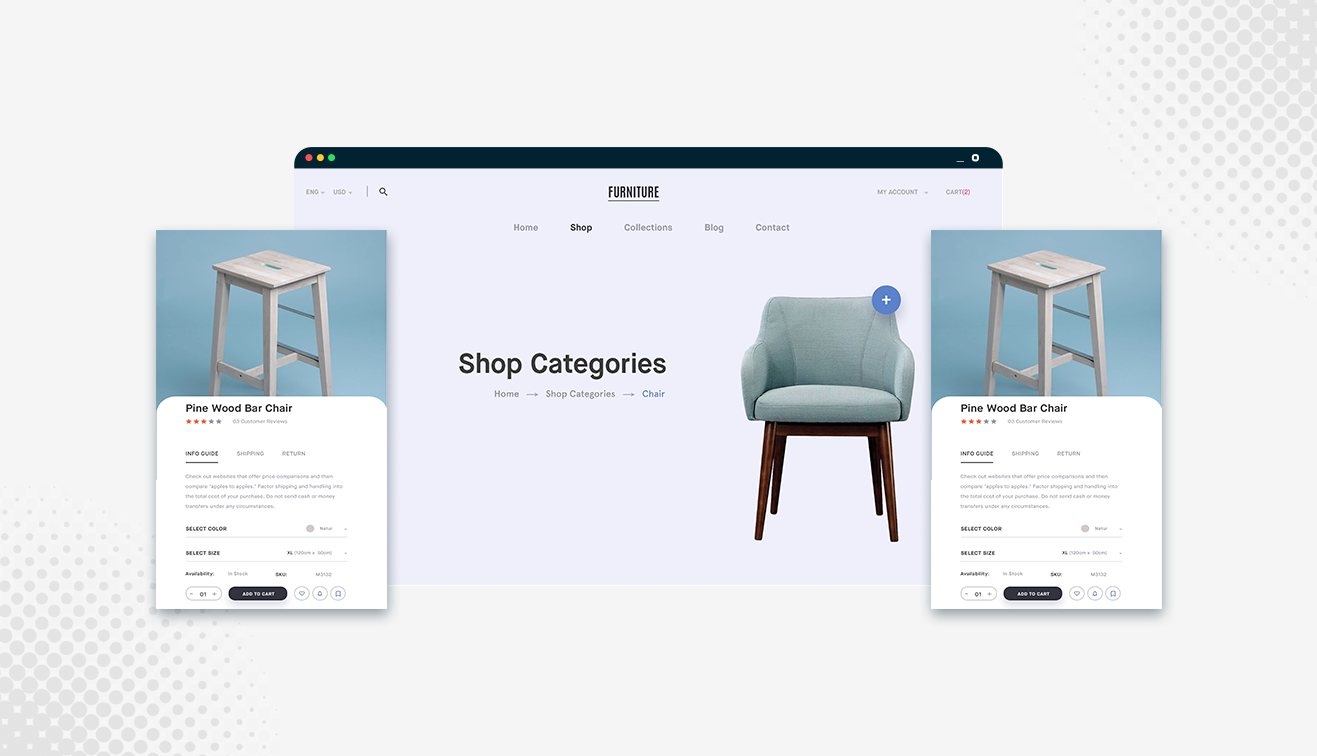


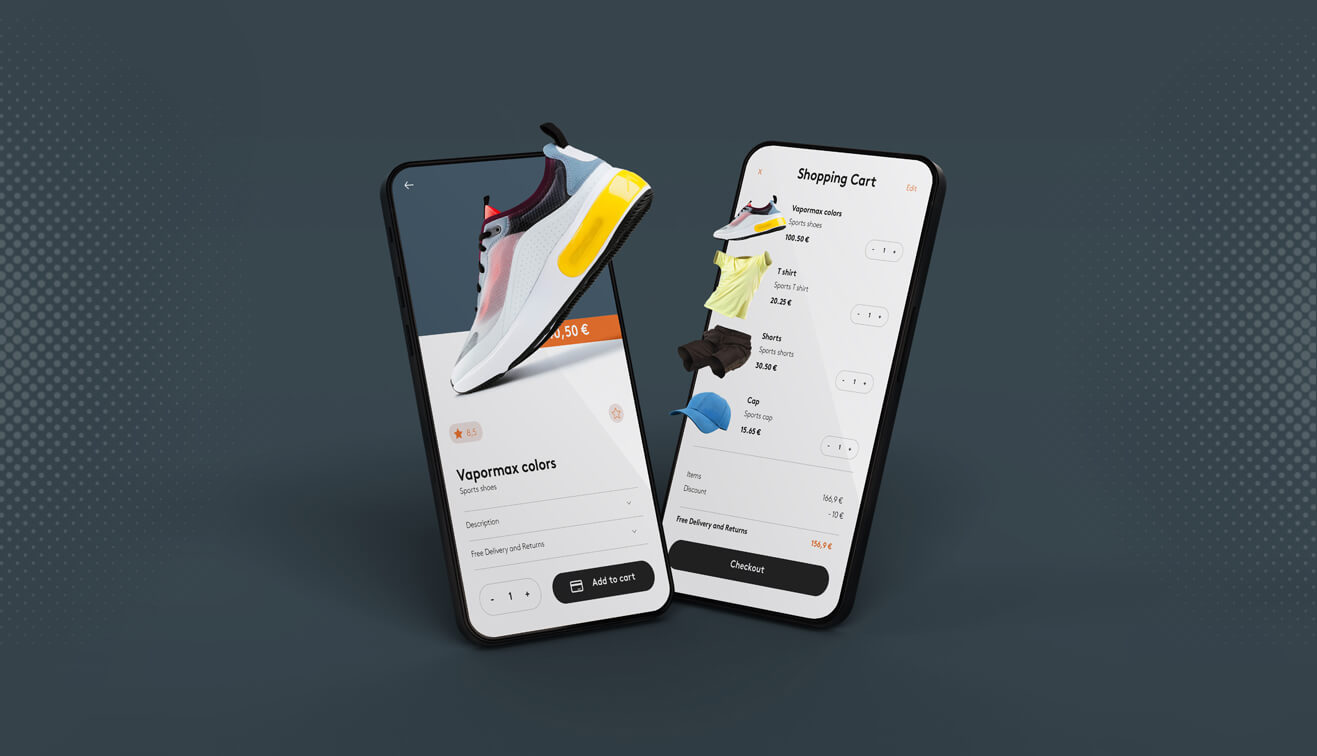
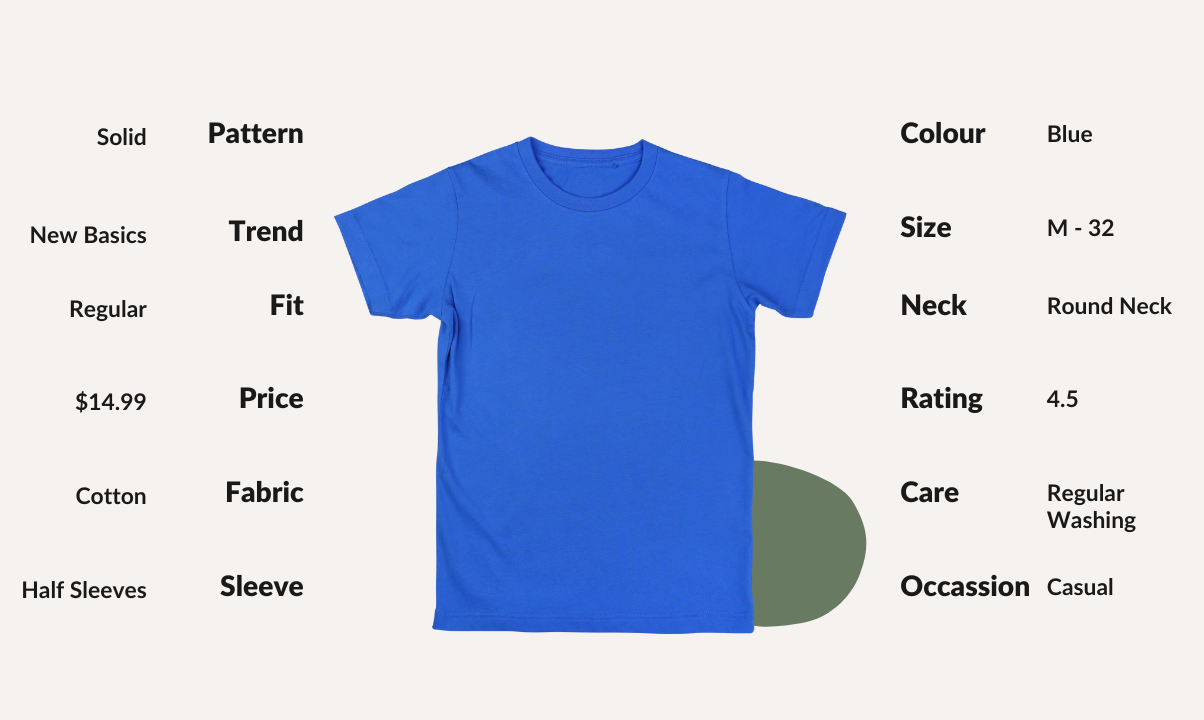


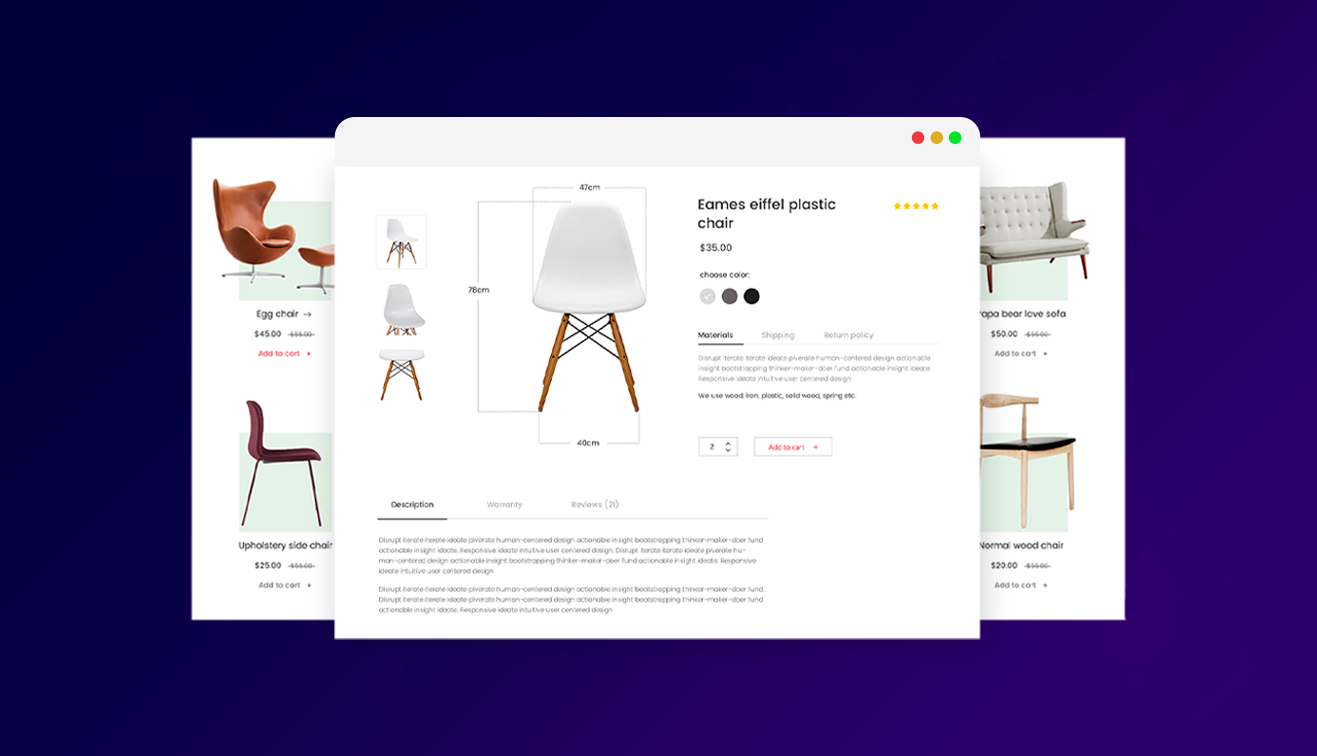
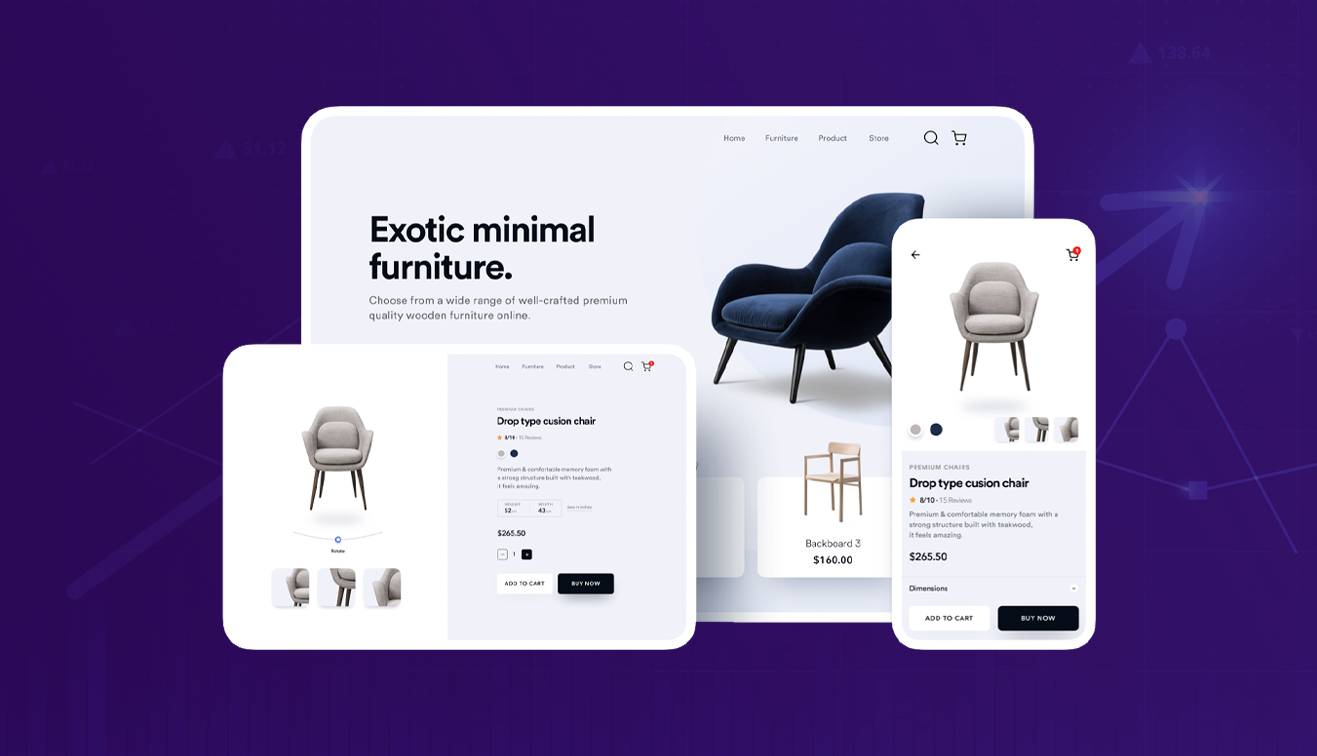









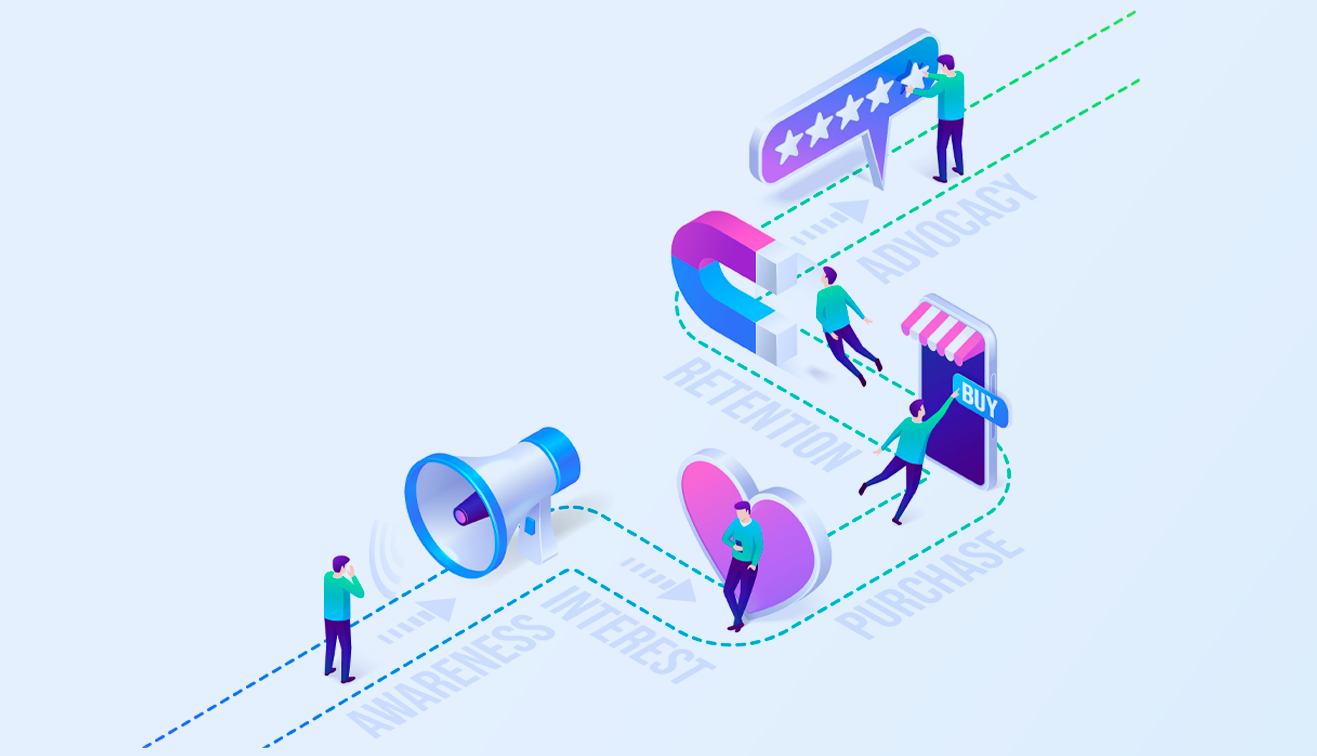


_ Why do you need one.png?w=3840&q=75)






